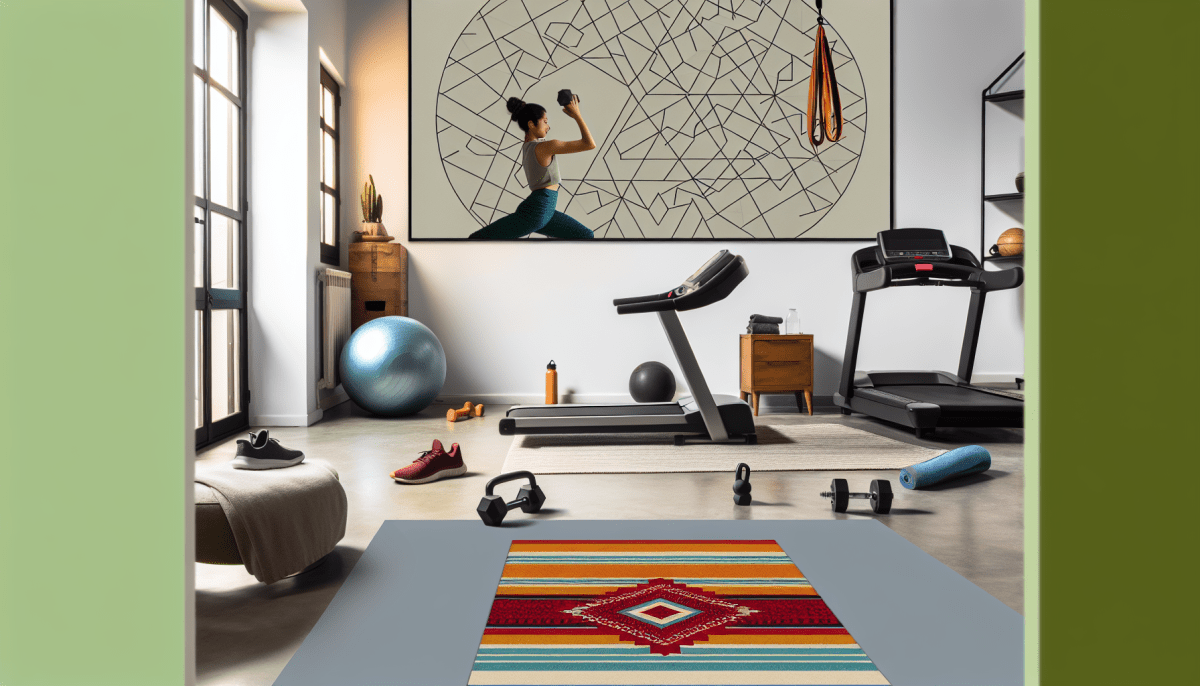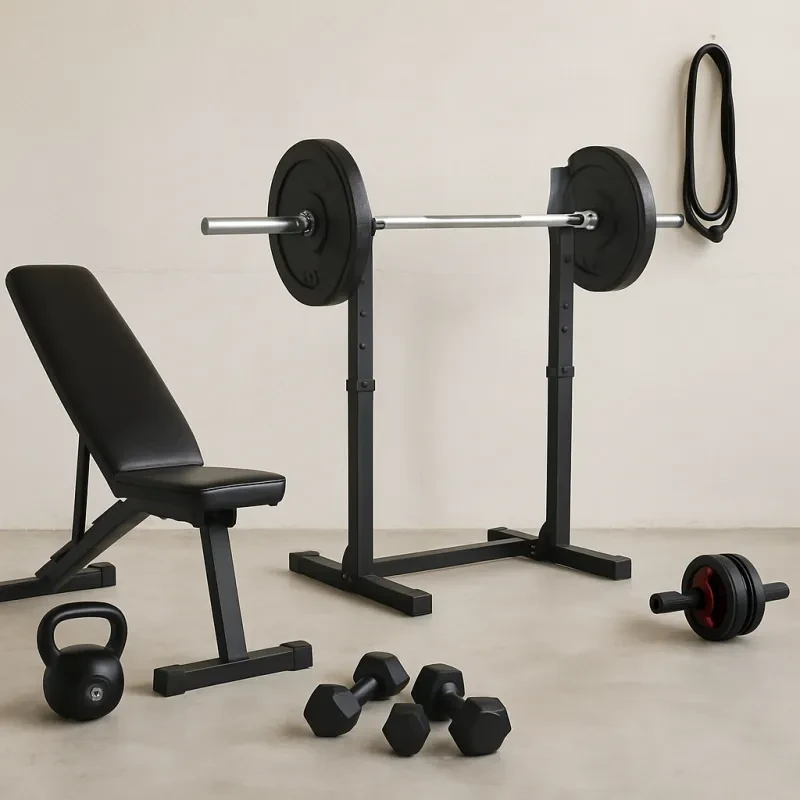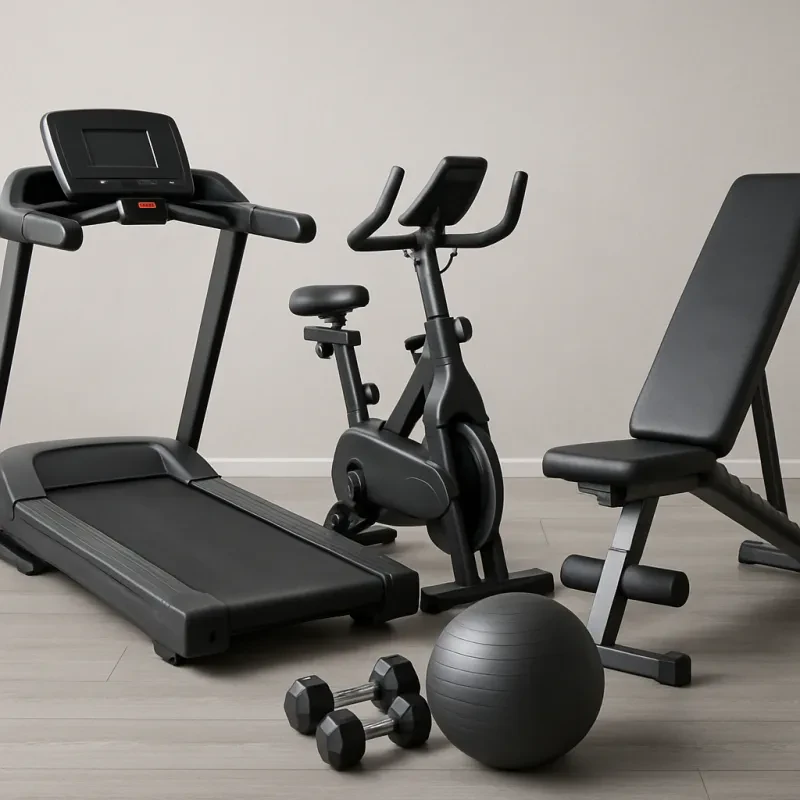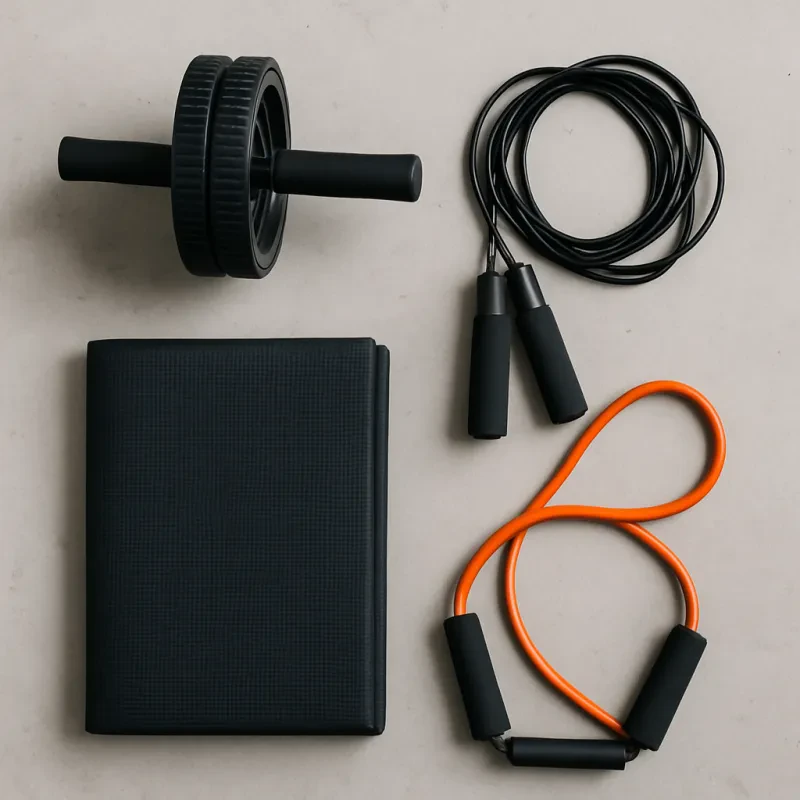Working out at home is a great way to stay fit, but it’s important to keep safety in mind. Here are some key tips to ensure your workouts are both effective and injury-free.
First, make sure you have a clear space to work out. Move any furniture or obstacles that might get in your way. A clutter-free area helps prevent trips and falls. Think about using a yoga mat or some kind of flooring that offers good grip, especially if you’re doing exercises that involve jumping or a lot of movement.
Next, don’t forget to check your equipment. If you’re using weights, resistance bands, or any machines, inspect them before every workout to ensure they’re in good shape. If you notice any damage, it’s better to replace them than risk an injury while working out.
Warm-ups and cool-downs are a must! Spend at least five to ten minutes getting your body ready before diving into intense exercises. This helps prevent strains and prepares your muscles. Likewise, cooling down after your workout helps your body recover and reduces soreness.
Lastly, listen to your body. If something doesn’t feel right or you’re too tired, don’t push through the pain. It’s okay to adjust your workout or take a break. Staying safe should always be your top priority!
Essential Gear for a Secure Gym Space
Creating a safe and secure home gym space is just as important as picking the right equipment. Whether you’re a newbie or a seasoned fitness buff, having the essentials can help you avoid injuries and have a worry-free workout. Here’s a look at some must-have gear to keep your gym safe.
1. Non-Slip Flooring
First things first, let’s talk about the floor. Invest in non-slip mats or rubber flooring. They provide good traction and can help prevent slips and falls, especially during those high-energy workouts. Plus, they cushion your joints and protect your floors, too!
2. Safety Gear
Having the right safety gear can help you push your limits while keeping your body safe. It’s all about finding what feels comfortable for you and keeps you protected.
3. First Aid Kit
Last but not least, don’t forget a first aid kit! Accidents can happen, even to the most careful of us. Having a well-stocked kit on hand means you're prepared for minor injuries. Make sure it includes band-aids, antiseptic wipes, and other essentials.
With these pieces of gear, you’ll create not just a workout space, but a secure environment that encourages your fitness journey. Staying safe means you can focus on smashing your goals without worry!
Common Hazards to Avoid at Home
Your home gym can be a great place to get fit, but there are some common hazards you should watch out for to keep your workouts injury-free. Simple precautions can help you avoid accidents and make your workouts safer and more enjoyable.
First, be mindful of your space. Make sure there’s plenty of room around your equipment. Clutter can lead to trips or falls, so keep weights, mats, and other gear organized and out of the way when you're not using them. A clear workout area allows for better movement and reduces the risk of bumping into things.
Second, check your equipment regularly. Whether you have weights, resistance bands, or cardio machines, they should be in good condition. Look for any wear and tear, and make sure everything is functioning properly. If something seems off, don’t use it until it’s fixed. This can save you from unexpected injuries during your routine.
Lastly, consider your flooring. If you're working out on a slippery surface, it can be a recipe for disaster. Invest in non-slip mats or flooring to give you better grip. Plus, padding can help cushion your joints during high-impact exercises. A secure and supportive floor will make a big difference in your safety.
Smart Stretching to Prevent Injuries
When you're diving into your home workouts, smart stretching can make all the difference in keeping your body safe and injury-free. It's not just about warming up; it’s about preparing your muscles and joints for the work ahead. Taking time for some light stretching can really help improve your flexibility and range of motion.
Here are a few simple stretching tips to incorporate into your routine:
Remember, stretching should never hurt. If you feel pain, ease off a bit. Listen to your body—it knows what it needs! By adding these smart stretching habits into your routine, you can enjoy safer workouts and keep those injuries at bay.



